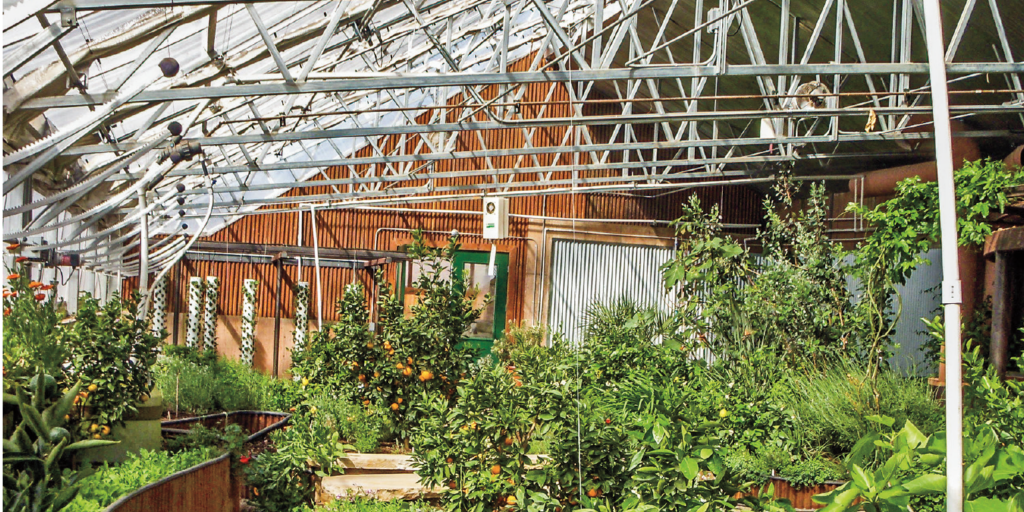Greenhouse Construction - The Facts
Wiki Article
4 Simple Techniques For Greenhouse Construction
Table of ContentsThe Definitive Guide for Greenhouse ConstructionRumored Buzz on Greenhouse ConstructionRumored Buzz on Greenhouse ConstructionThe Single Strategy To Use For Greenhouse ConstructionThe Best Strategy To Use For Greenhouse ConstructionGreenhouse Construction - Truths

If you stay in a snowy or stormy location, gothic arc greenhouses are a wonderful financial investment for you because their design allows rainfall and snow to quickly slide off the sides which stops damage to the entire greenhouse. Classic A-Frame greenhouses have actually high, slanted sides. They are a little bit harder to warmth as a result of this.
Barn-Style greenhouses, like their name implies, look like a barn. They have straight wall surfaces; as a result, they make really great use area. An even-span greenhouse is a full-size structure that has one end connected to another structure. The reason it is called even-span is due to the fact that the sides are both also.
Fascination About Greenhouse Construction
When selecting a greenhouse for your yard, it's vital for you to learn the advantages and disadvantages of each greenhouse, to make sure that the greenhouse fits best with your area and way of living. Take a look at our digital book to learn more and photos of each kind of greenhouse.Normally, the next action after selecting a greenhouse is determining on the foundation or base upon which the framework will stand. With your climate and soil conditions in mind, there are several types of greenhouse bases that you can select from. The key benefit of setting up a base is freezing and thawing the soil, which shifts over time and could influence the greenhouse framework (5-7 years).
These legs will certainly hold the greenhouse; nonetheless, it does not reach the frost level for a lot of cold locations, which's where a greenhouse base is something you might consider. Installing a base is optional, however we suggest doing so to extend the greenhouse life-span. Planta Greenhouses's sturdy galvanized steel (rust and dust immune) makes the model strong and long-lasting.
Our Greenhouse Construction Ideas
While the greenhouse frame can last for 20+ years, the polycarbonate panels will last for as much as 15 years, whereupon you can change with new ones and mount them on the existing framework. Get in touch with our client service to learn just how you can acquire individual polycarbonate panels. No matter of which base you're picking to install, pin it to the ground to stop high winds from raising the whole framework off the ground.
We have actually arranged them from toughest to the very least sturdy + pros/cons: A concrete piece base is one of the most resilient structure for a greenhouse. It does require planning and work beforehand, yet once it's total, you can forget logistics and concentrate on expanding your food. This base will certainly give optimal durability to the greenhouse.
The Of Greenhouse Construction
Maintenance is as simple as swiping with a broom and cleaning with cleaning agent when required. A concrete base is durable and long-term. Rats will certainly not have the ability to passage inside the concrete base. You'll have the ability to plant just in yard beds, pots, etc. Standing water might be a problem because it can only drain around the edges of the greenhouse base.A concrete base is the most costly choice however the most affordable long term. Once all shuttering is placed in area to put the concrete inside, it is relatively simple to construct. It is also feasible to make use of even more durable correctings, such as expansion screws, to hold the greenhouse base in area.
The greenhouse is detachable, you will not be able to move the base with it. A wooden base is an outstanding strong structure to build your greenhouse on. You can mount it on your existing deck. Developing a timber base for your greenhouse is an economical alternative in the future.
What Does Greenhouse Construction Mean?
Pressure-treated woods have chemicals included in them which can leach into the dirt and influence your plants; however, if you opt for naturally rot-resistant timber (i. e. cedar or redwood), it won't happen but will certainly be pricier. Not as durable as concrete. In why not try these out the lengthy term, wood is more mould-prone unless it is rot-resistant or pressure-treated.One more alternative is to develop a solid perimeter for the steel base to sit on. You can make it from wind blocks, paving slabs, wood or concrete. There are two sorts of border bases: Wooden and Concrete. The most site link effective way to mount your greenhouse over a boundary base is to position the structure on the outside side.
Prior to starting, note the metal base's dimension on the ground using spray paint to ensure that the leading fits the bottom nicely. It is a great option in situations where the ground isn't completely levelled, and you want to conserve the added labour of levelling everything out beforehand. You can readjust the height of your greenhouse based upon the base you're going to opt for (simplest to do with a wood boundary base) Inexpensive but strong as a wood base.
About Greenhouse Construction
If the slabs (or blocks) aren't protected strongly (using a concrete blend), the entire structure may collapse. i thought about this We don't advise laying blocks or slabs on sand alone, as it will clean away ultimately and make the base unpredictable. It's vital to have the proper dimensions as there is no area for mistake.If prolonging the elevated bed from the ground, ensure you weed out any type of roots that could disrupt growing your plants over time. The largest issue with the elevated foundation is that you could require to move the greenhouse door, make an added personalized one or make an action to get in.
Report this wiki page